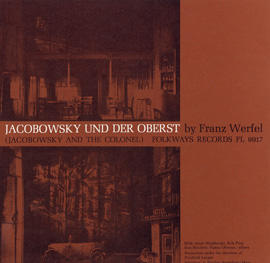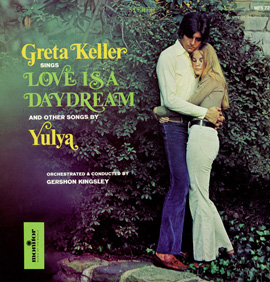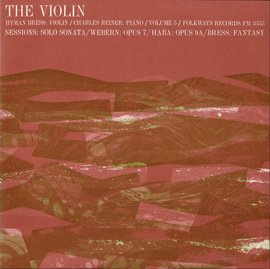Summary
Students will be introduced to the concept of beats in groups of two and three. Balloons, instruments, and dancing will be used to explore this concept using the Polka and Waltz.
Suggested Grade Levels: 3-5
Country: Austria
Region: Europe
Culture Group: Austrian
Genre: Folk Music, Polka, Waltz
Instruments: Clarinet, Brass Band
Language: English
Co-Curricular Areas: Social Studies, Dance
National Standards: 2, 6, 9
Prerequisites: None
Objectives:
- Become familiar with the location and basic culture of Austria
- Become familiar with the music and instrumentation of the Austrian culture
- Express through movement, beats in groups of two and three
- Perform groups of two and three on rhythm instruments
- Dance both the Polka and Waltz
- Differentiate between the Polka and the Waltz
Material:
- “Der offene Walzer”from Austrian Folk Dances, Vol.1 (FW8837)
- “Die Ennstaler Polka” from Austrian Folk Dances, Vol. 1 (FW8837)
- “Der Waldjäger” from Dances of Austria, Vol. 2 (FW8838)
- “Weifentanz” from Dances of Austria, Vol. 2 (FW8838)
- Map of Europe and Austria
- Pictures of clarinet and brass band instruments
- Balloons
- Drums and Tambourines
- Rhythm sticks and egg shakers
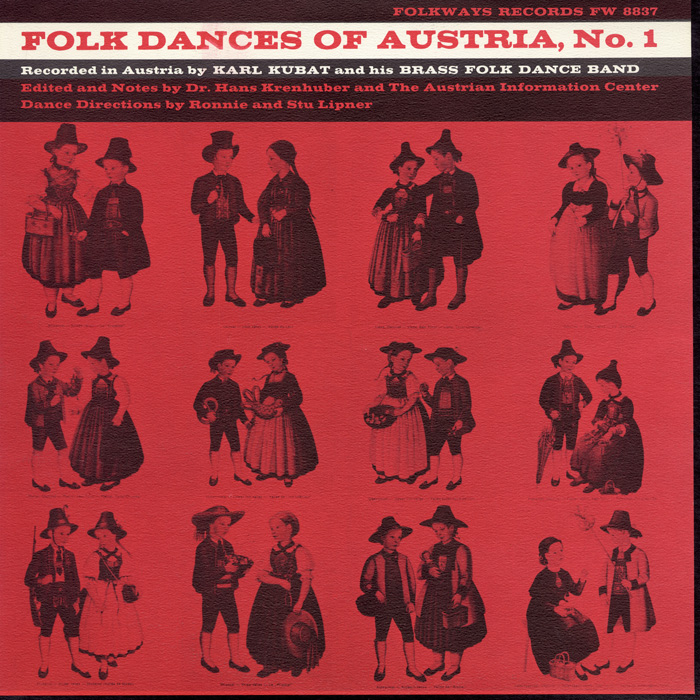
“Der Offene Walzer (The Open Waltz)”
from Folk Dances of Austria, Vol. 1 (1959) | FW08837
“Die Ennstaler Polka (The Enns Valley Polka)”
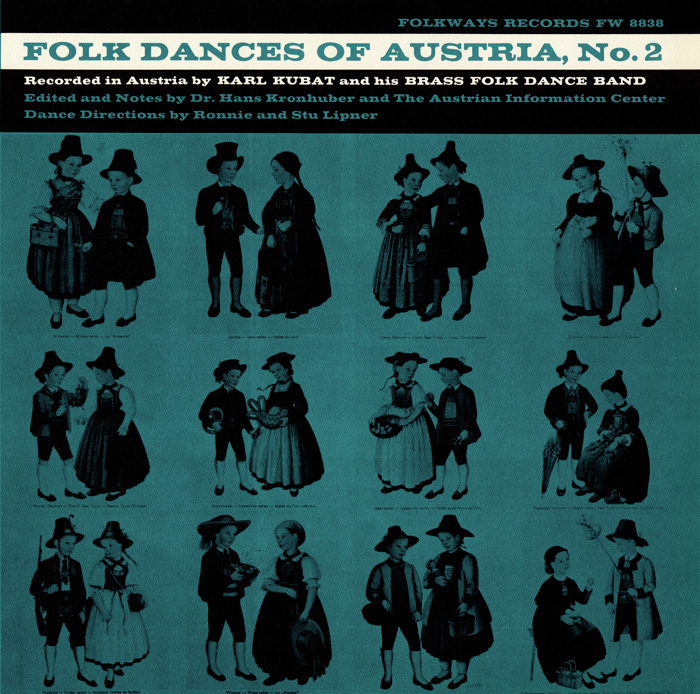
“Der Waldjäger (The Forest Huntsman)”
from Folk Dances of Austria, Vol. 2 (1959) | FW08838
“Weifentanz (Reel)”
Lesson Segments:
- Moving to Music in Groups of Two and Three (National Standards 6, 9)
- Moving to and Playing Music in Groups of Two (National Standards 2, 6, 9)
- Moving to and Playing Music in Groups of Three (National Standards 2, 6, 9)
1. Moving to Music in Groups of Two and Three
- Show students a map of Europe.
- Find Austria
- Show students a map of Austria.
- Play “Die Ennstaler Polka”as an example of Austrian music. (All listening can be excerpts instead of entire selection if desired.)
- Have students listen for instruments while patting the steady beat on their legs
- Name instruments heard (clarinet, brass band)
- View pictures of a brass band and a clarinet
- Listen to “Die Ennstaler Polka” again.
- Have students pat legs/lightly clap hands throughout (groups of two)
- Discuss that the listening example is a Polka which is generally in groups of two. (Strong downbeat/weaker upbeat)
- Discuss strong and weak beats in music (Strong/weak = groups of 2)
- Play “Der Waldjäger”, also in groups of two.
- Have students pat legs (strong) and lightly clap hands (weak) throughout
- Introduce a second style of Austrian music: the Waltz. The waltz is always in groups of 3.
- Play “Der offene Walzer”.
- Have students listen for instruments and pat the steady beat
- Notice that the instrumentation is the same as the previous selections
- Discuss how the Waltz is in groups of three (Strong/weak/weak = groups of 3).
- Have students listen to “Der offene Walzer” again and perform groups of three.
- Pat legs, clap hands lightly twice (strong/weak/weak)
- Play “Weifentanz”, also in groups of three.
- Have students perform pat legs, clap hands lightly twice (strong/weak/weak)
- Hand out inflated balloons (1 for every 2-3 students). Students without balloons will pat/clap.
- Play Polka again (“Die Ennstaler Polka”)
- Have students tap balloon only on strong beat (1) and let it float on weak beat (2); Students will take turns with balloons
- Play a Waltz again (“Der offene Walzer”)
- Have students tap balloon only on strong beat (1) and let it float on weak beats (2&3)
- Play another of the previous selections and have students determine if the music is in groups of two or three. Continue with additional music selections.
Assessment: Students will accurately perform the movements for groups of 2 & 3 while listening to the musical selections.
2. Moving To and Playing Music in Groups of Two
- Review groups of two. Move to this grouping using patting and clapping.
- Does the waltz or polka have groups of two?
- Reinforce groups of two (strong/weak) on rhythm instruments.
- Half of the class playing on beat 1 (strong) on drums; Other half of the class playing on beat 2 (weak) on tap tambourines
- Add this to “Die Ennstaler Polka”
- Switch instruments so all students have a chance to play strong and weak beats.
- Give historical information on the Polka.
- Learn the dance to “Die Ennstaler Polka” (groups of two).
Dance instructions found on the liner notes of the above link.
|
Formation:
|
Couples facing each other in circle, boys with backs to the center of the circle; hands not joined.
|
|
Measures:
1: |
At the first count the boy leaps up spiritedly with both legs, slapping his thighs with both hands on the way down. The girl only hints at slapping her thighs, without, of course joining in the leap. At the second count both partners clap their own hands once.
|
|
2:
|
Three times clapping of each other’s hands.
|
|
3:
|
Partners lean slightly sideward to the left and clap three times their own hands which are held upright at about level of the left ear.
|
|
4:
|
Partners lean slightly sideward to the right and clap as in measure 3 but now on opposite side.
|
|
5-8:
|
Boy clasps with his right hand girl’s right hand, holding it quietly above girl’s head and turns her two complete turns counterclockwise while he himself steps clockwise around the girl to his initial position. He does this in 8 steps, beginning with the left foot and closing, upon the eighth step, the right leg.
Now the dance starts again from the beginning. In the turns the couples should try to move slightly forward in the direction of the dance. |
Assessment: Students will accurately perform groups of two on rhythm instruments and through movement.
3. Moving To and Playing Music in Groups of Three
- Review groups of three. Move to this grouping using patting and clapping.
- Does the Polka or Waltz have groups of three?
- Reinforce groups of three (strong/weak/weak) on rhythm instruments.
- Half of the class playing on beat 1 (strong) on rhythm sticks; Other half of the class playing on beats 2 and 3 (weak) on egg shakers
- Add this to “Der offene Walzer”
- Switch instruments so all students have a chance to play strong and weak beats
- Give historical information on the Waltz.
- Learn to dance to “Der offene Walzer” (groups of three).
- First practice the Waltz step (123,123), then work on entire dance.
Dance instructions found on the liner notes of the above link.
|
Formation:
|
The couples stand in a circle facing the direction of the dance; the inside hands are joined, with elbows slightly bent; the outside arms hang down loosely, accompanying lightly the rhythmical motion during the dance.
|
|
Measures:
1-4: |
Four waltz steps forward, starting with the outside foot; the inside arms swing in the same rhythm, starting in the first measure with a forward swing. Near the close of the fourth measure, there is a quick half-turn of the partners towards the inside and the hands are unclasped. After the completion of the half-turn at the beginning of measure 5, the inside hands, which were the outside one, are now joined. The turn must not interrupt the waltz step.
|
|
5-8:
|
Now facing in the opposite direction, the dancers move backwards, continuing the original direction of the dance; they start with a forward swing of the arms and progress as in measures 1-4.
|
|
9-16:
|
Waltzing around until the end of 16th measure.
|
|
In the second part of the melody, measures 1-8 are danced as described.
|
|
|
9-12:
|
Both partners raise their hands slightly above head level and turn towards each other. The girl, however, continues her turn, moving very slowly and executing only one complete turn. At measure 13, social dance position is again resumed.
|
|
13-16:
|
Waltz to the right, then repetition of the entire dance.
|
Assessment: Students will accurately perform groups of three on rhythm instruments and through movement.




